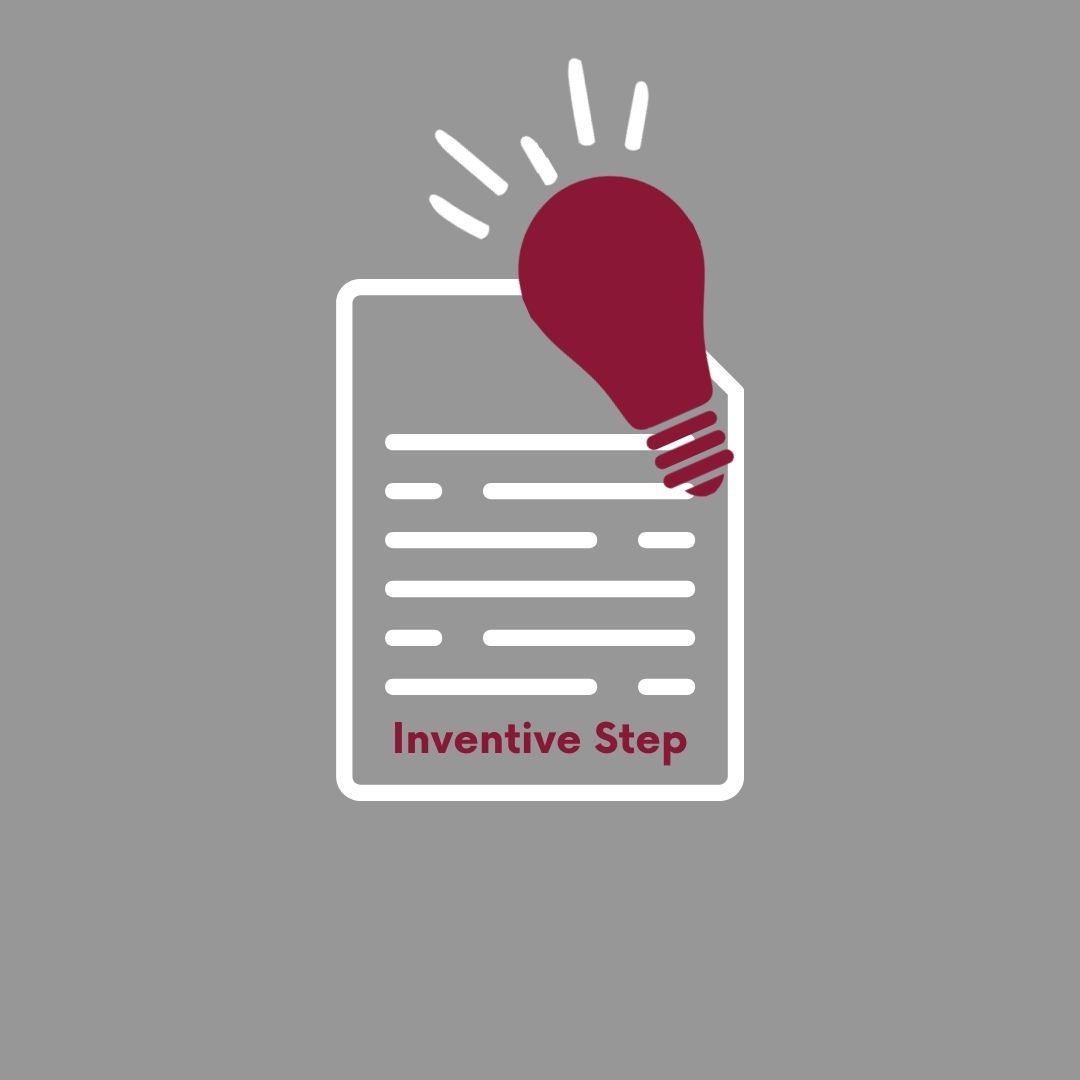Changes to SPCs and Marketing Authorisations in the UK implemented on 1 January 2025
13th January 2025

Much of the G 1/19 decision discusses the approach of T 1227/05 (INFINEON) regarding computer-implemented simulations. However, the decision provides useful insights into another important aspect of the Infineon decision regarding how comparative effects (e.g. faster processing) might be indicative of a technical effect.
T 1227/05 (reasons 3.2.5) stated:
'the board notes that the above conclusion cannot be drawn from the mere observation that a claimed method runs faster than a "conceivable" reference method. As it is always possible to conceive of a slower reference method, a mere speed comparison is not a suitable criterion for distinguishing between technical and non-technical procedural steps. If, for example, a sequence of auction steps leads to price determination more quickly than some other auction method, that does not necessarily imply that the auction steps contribute to the technical character of the method (see T 258/03).'
This approach was followed in T 1954/08 (reasons 6.2), which noted that the sole amount of memory a computer-implemented algorithm requires is equally unsuitable for determining whether or not a method step contributes to the solution of a technical problem, since it is always possible to imagine an algorithm demanding more memory.
It is important to note that neither decision stated that faster processing or using less memory was not indicative of a technical effect. Rather, those effects were deemed unsuitable in the initial process of distinguishing between technical and non-technical procedural steps. This distinction is reflected in later decisions of the Boards and has been well explained in the Guidelines of both mathematical methods and computer programs.
When incorporated into the 2013 revision of the Guidelines for Examination (G-II, 3.3), two particular aspects of the above citation were highlighted: firstly, the increased speed or efficiency of a method based on improved algorithms is not sufficient on its own to establish a technical character of the method. This suggests that an increase of speed or efficiency was potentially an indication of a further technical effect but only if the technicality of the claim had been demonstrated elsewhere. This is reflected in the second aspect, which the Guidelines considered exemplified in decision T 258/03. In that decision, the fact that a sequence of auction steps led to price determination more quickly than some other auction method did not necessarily imply that the auction steps contributed to the technical character of the method. Characteristics such as speed and efficiency were thus deemed inherent in both technical and non-technical methods. Again, this suggests that while speed and efficiency may not establish the technical character of the method, they could demonstrate a further technical effect in a claim otherwise deemed technical.

The citation above was removed from the mathematical methods section of the Guidelines in the 2018 revision, but the concept was reflected in the revision of the section relating to programs for computers (Guidelines for Examination (2018) G-II, 3.6; maintained in the 2021 revision), which provided further clarity by stating that the assessment depends on whether a technical purpose was served.
'The presence of a further technical effect is assessed without reference to the prior art. It follows that the mere fact that a computer program serving a non-technical purpose requires less computing time than a prior-art program serving the same non-technical purpose, does not on its own establish the presence of a further technical effect.'
Further clarification on how computational efficiency can contribute to inventive step was added in the subsequent revision:
'If a further technical effect of the computer program has already been established, the computational efficiency of an algorithm affecting the established technical effect contributes to the technical character of the invention and thus to inventive step (Guidelines for Examination (2019) G-II, 3.6; maintained in the 2021 revision).'
G 1/19 cites established decisions T 0641/00 (COMVIK) and T 0154/04 (DUNS LICENSING) in an approach with clear parallels to the mixed-type inventions approach in the Guidelines for Examination, G-VII, 5.4. In making the assessment as to whether a technical effect has occurred, the Enlarged Board (G 1/19, reasons 85) made reference to the list of examples in T 697/17, reasons 5.2.5. That decision also advocated the approach in Guidelines (id.) and noted that:
'features make a technical contribution if they result from technical considerations on how to for instance improve processing speed, reduce the amount of memory required, improve availability or scalability, or reduce network traffic, when compared with the prior art or once added to the other features of the invention, and contribute in combination with technical features to achieve such an effect.'
The language used by the Enlarged Board in G 1/19 thus gives further credence to the approach taken in the Guidelines and their clear line that computational efficiency can contribute to inventive step.
If you have any questions on the above, or similar topics, please feel free to contact us.